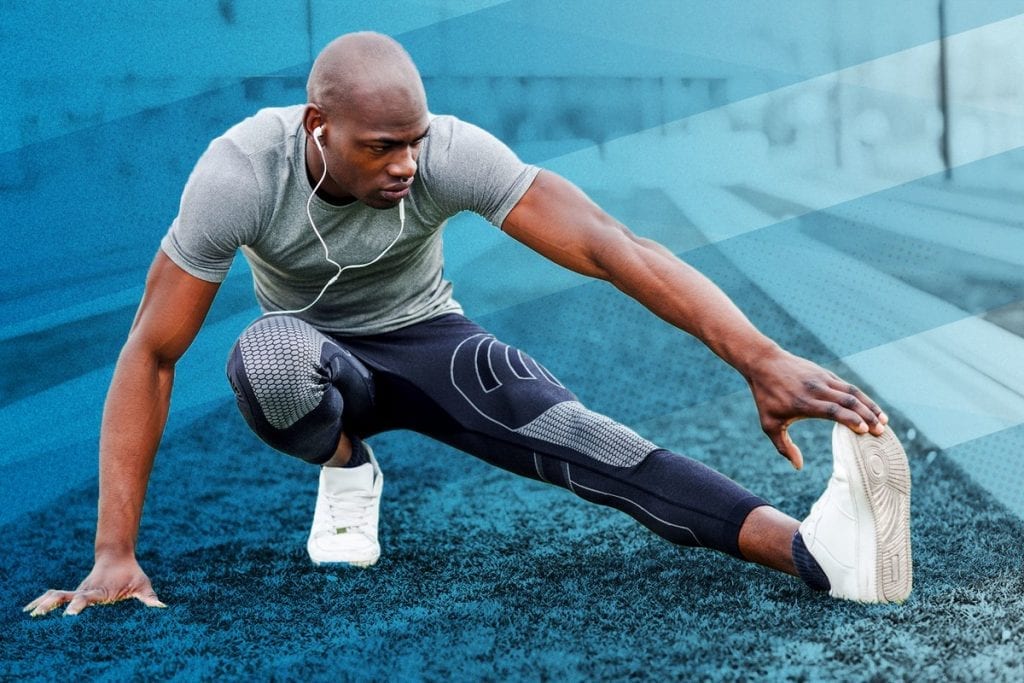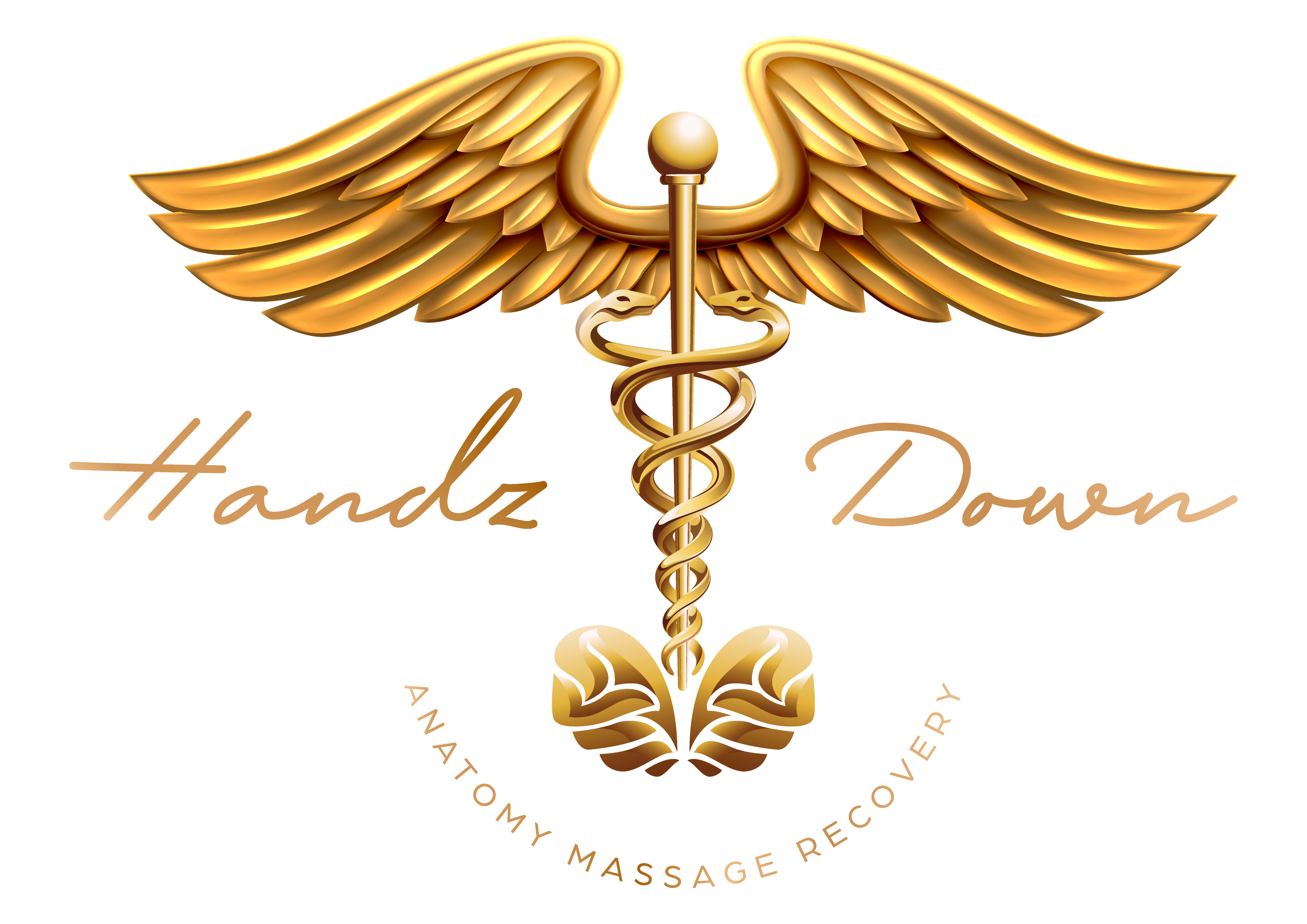Stretching is Important
Stretching is too often ignored in our everyday lives. It is important whether you workout daily or infrequently. Without regular active or passive stretching, muscles and ligaments are unable to grow healthy, tightness develops and injuries become more common. Stretching should be done 15 minutes before workouts (dynamic stretching) and at least 20-30 minutes after workouts (static stretching). Stretching can help warm your body for whatever activities you plan to do for the day. Stretching also helps to reduce stress and anxiety
Massage at Handz Down Massage Therapy includes stretching. Even so, it is important that we all take time to work on our flexibility. Else, injuries and trigger points can become active when muscles and ligaments are unable to fully rotate. Trauma can be held in the muscle, causing problem areas to develop bigger limiting our ability to heal. Stretches can be found online, from personal trainers, doctors, massage therapists.
Stretching during Massage Therapy
Passive Stretching
The client relaxes while the massage therapist takes the target muscle into a lengthening position. The stretch is held for 15-30 seconds in a position where the client feels mild but not painful tension. A popular choice when it comes to stretching and a great way to practice giving your massage therapist complete control so your body does not feel like it always has to be active.
Active Stretching
The client moves his/her own muscles into a lengthened position or continuously moves around in a controlled range of motion. This gives the massage therapist the opportunity to assess your range and the client is able to point out what position feels stuck.
Contract–Relax–Antagonist–Contract (CRAC)
CRAC begins with a passive stretch to the middle of the range of motion. The client is then asked to contract his/her muscle with 20% of his/her strength for 7 to 10 seconds, pushing against the massage therapist’s force. Finally, the client relaxes and the target muscle depolarizes for several seconds which reduces the ability of the muscle to create force. At this point, the massage therapist is able to move the muscle into a longer passive stretch.

